During the golden era of muscle cars, various manufacturers employed cartoon mascots as a marketing strategy to capture the imagination of enthusiasts and potential buyers. These mascots, often quirky and vibrant, played a significant role in branding and differentiating the vehicles. The reasons behind this unique marketing tactic and its impact on car culture are both fascinating and enduring.
The Origin of Cartoon Mascots in Muscle Cars
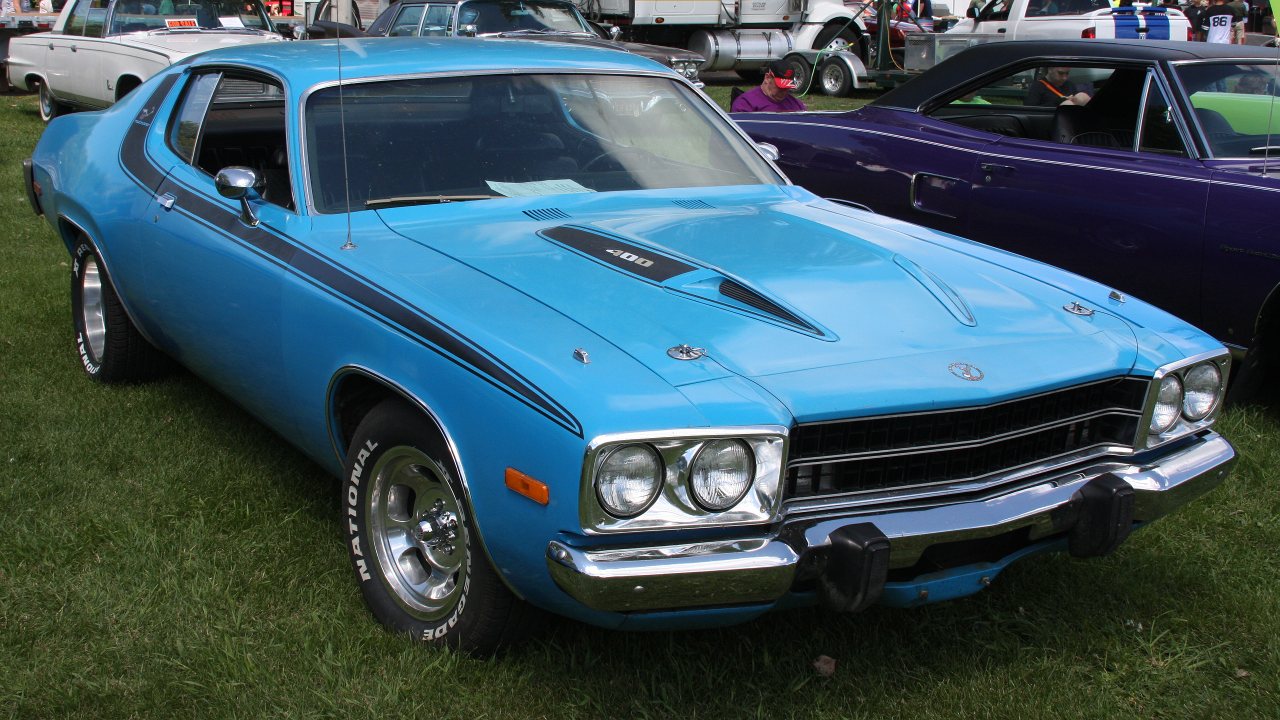
The use of cartoon mascots in muscle cars can be traced back to the mid-20th century, a time when the automotive industry was booming and competition among manufacturers was fierce. The integration of mascots was heavily influenced by the broader cultural landscape, where cartoons and animations were gaining immense popularity. Television shows and comic strips captivated audiences, creating an opportunity for car manufacturers to tap into this trend. By incorporating cartoon characters, companies aimed to leverage the widespread appeal of animation to reach a broader audience.
Key players in this trend included iconic brands like Plymouth, with its “Road Runner” model, which featured a character from the popular Warner Bros. cartoon. The synergy between the car’s performance and the energetic, speedy nature of the Road Runner character made it an instant hit. Other manufacturers, such as Dodge with its “Scat Pack” bee, also capitalized on this strategy, embedding mascots into their marketing campaigns to create a memorable and distinctive brand image.
Marketing Strategies and Brand Identity
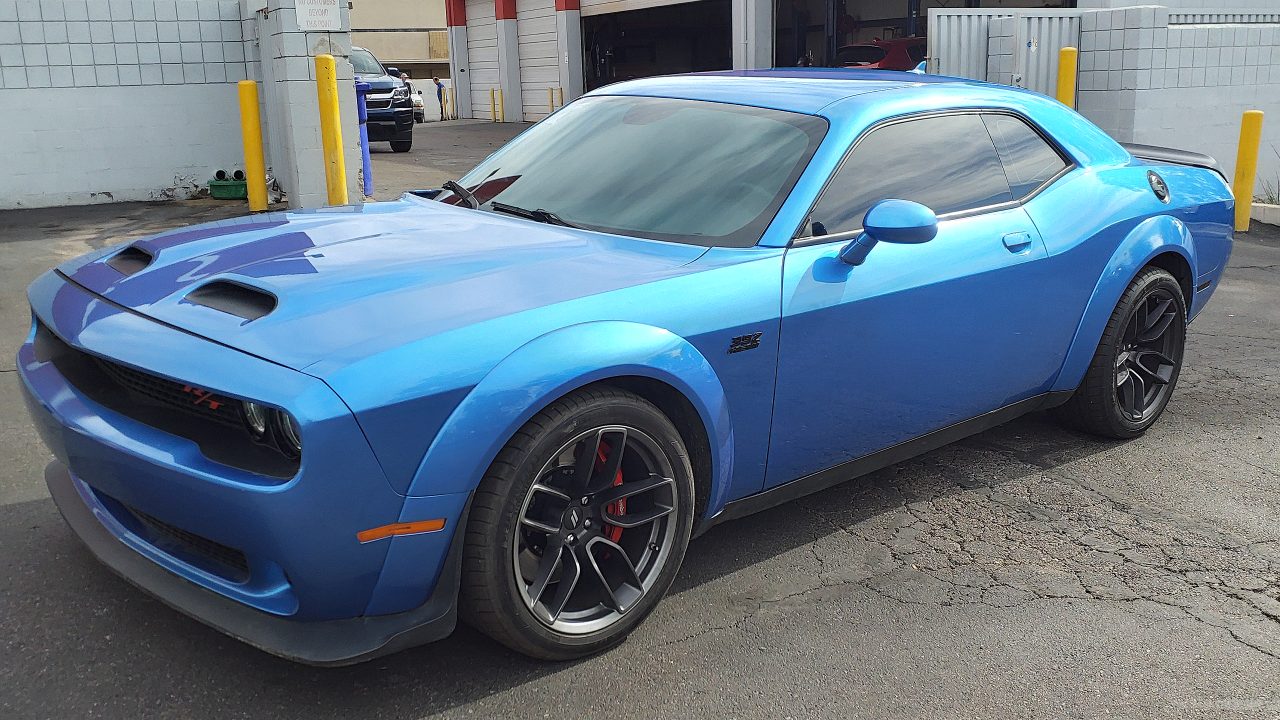
Cartoon mascots played a critical role in shaping the brand identity of muscle cars. By associating vehicles with vibrant and recognizable characters, manufacturers were able to establish a distinct identity in a crowded market. This strategy was particularly effective in attracting younger demographics, who were drawn to the playful and adventurous imagery that these mascots embodied. The mascots brought a sense of fun and excitement to the brand, aligning with the youthful spirit of the era.
Furthermore, the use of mascots helped create an emotional connection between consumers and brands. Characters like the Plymouth Road Runner or the Dodge Super Bee became more than just marketing tools; they were symbols of speed, power, and freedom. These mascots fostered brand loyalty, as consumers felt a personal connection to the vehicles and the personalities they represented. The lasting bond created by these mascots is evident in the enduring appeal of these vehicles among car enthusiasts today.
Cultural Impact and Legacy
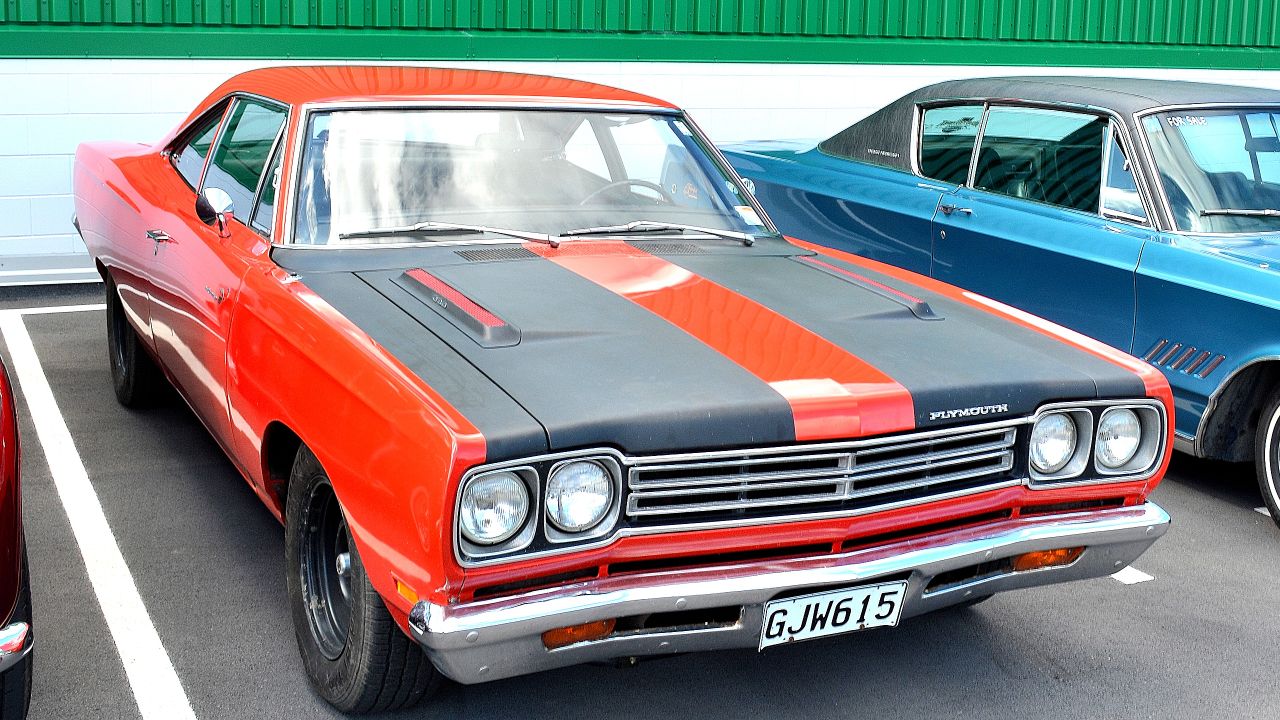
Some cartoon mascots transcended the automotive world to become cultural icons. The Plymouth Road Runner, for example, became a symbol of the muscle car era itself, embodying the essence of speed and agility. These mascots were not just confined to the hoods of cars; they appeared in various forms of media, from advertisements to merchandise, cementing their place in pop culture history.
The popularity of mascot-themed merchandise further showcases the impact of these characters. Collectibles such as die-cast models, posters, and apparel featuring these mascots remain highly sought after by enthusiasts. The nostalgia associated with these mascots has led to a resurgence of interest in vintage designs. This revival highlights the continued relevance of these characters in modern car culture, as they evoke fond memories of a bygone era while appealing to new generations of car enthusiasts.
Design and Symbolism
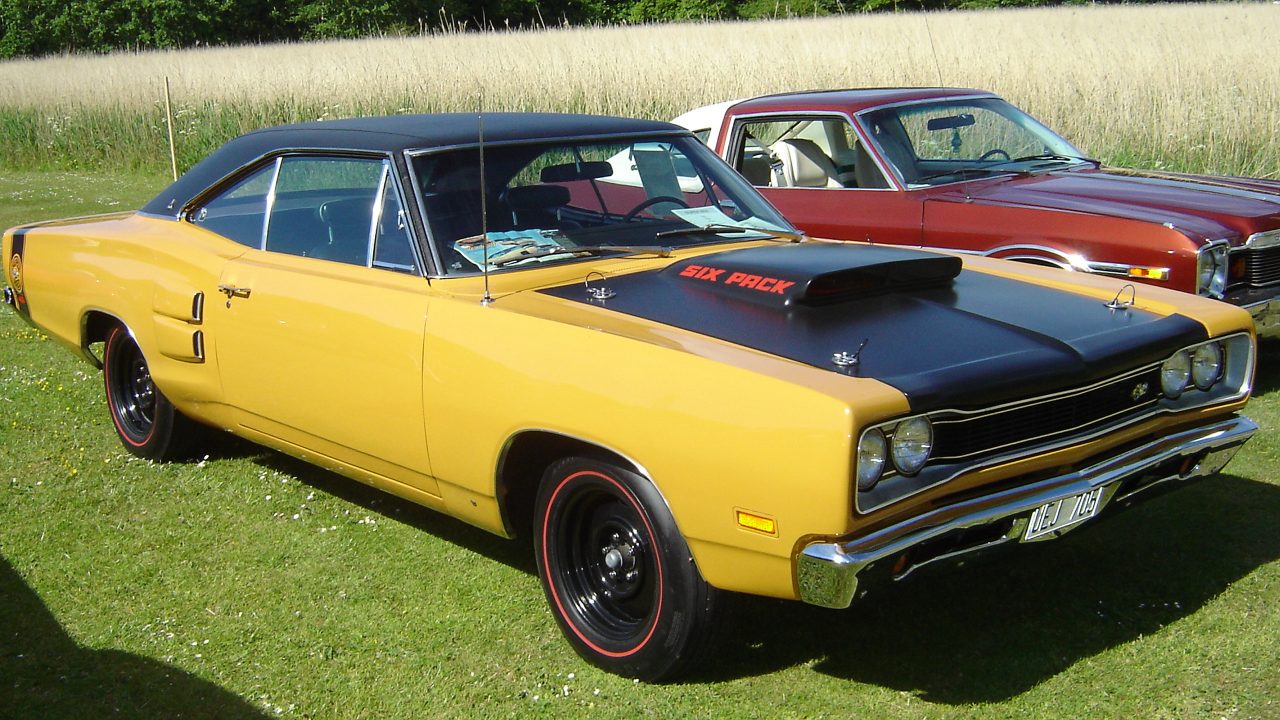
The design of cartoon mascots for muscle cars was a creative endeavor that required a balance between artistic inspiration and marketing objectives. The mascots were crafted to be visually appealing and memorable, often drawing inspiration from popular cartoons of the time. Their designs were carefully considered to convey specific messages, such as speed, power, and excitement, aligning with the brand’s identity and the vehicle’s attributes.
Each mascot carried symbolic meaning that resonated with consumers. For instance, the Dodge Super Bee’s mascot, a muscular bee, symbolized the car’s agility and performance, while the Plymouth Road Runner’s association with a fast-running bird emphasized speed. Over time, the design and symbolism of these mascots evolved alongside changes in the automotive industry. As car designs became more sophisticated and consumer preferences shifted, mascots adapted to maintain their relevance and appeal.
Controversies and Criticisms
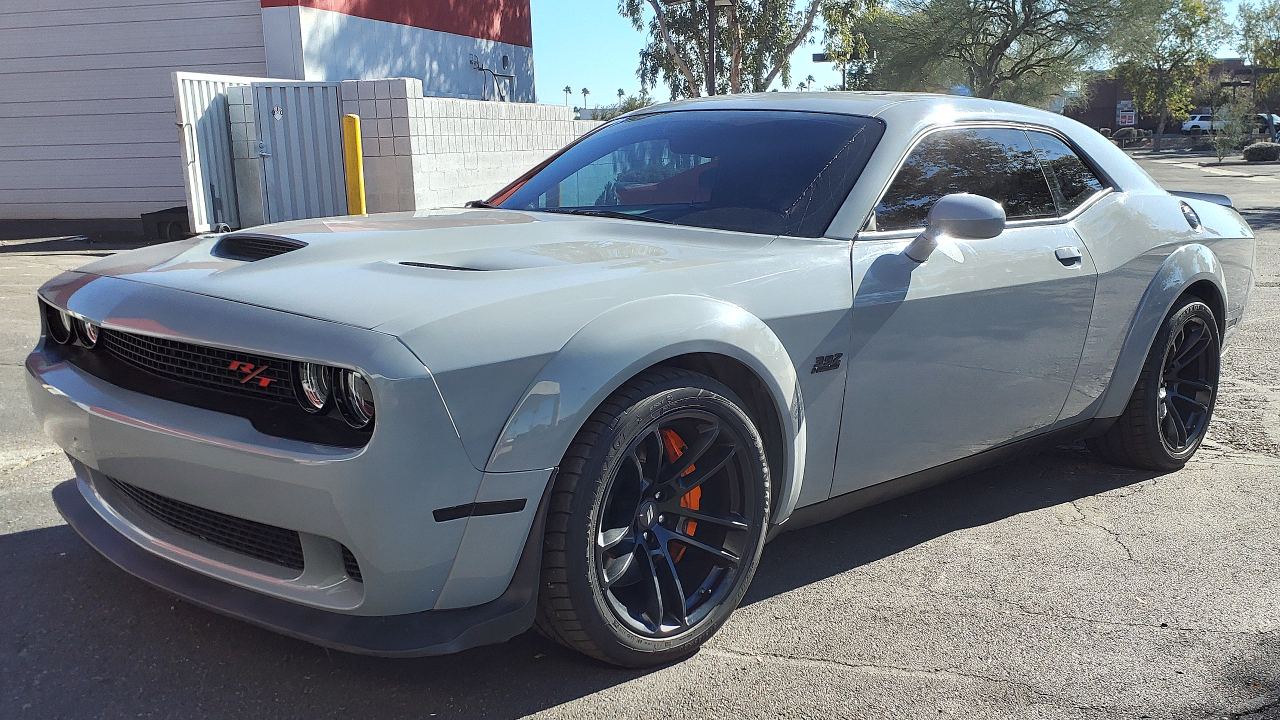
Despite their popularity, the use of cartoon mascots in marketing was not without its controversies. Some critics argued that the characters reinforced stereotypes or failed to represent diverse perspectives. For example, the depiction of certain mascots might have inadvertently perpetuated cultural stereotypes, raising questions about the balance between creativity and cultural sensitivity.
The commercialization of these mascots also sparked debates about authenticity. As mascots became more prominent in marketing campaigns, some questioned whether they overshadowed the genuine values of the brand. The challenge lay in maintaining a balance between using mascots as effective marketing tools and preserving the authenticity of the brand’s identity. In today’s context, contemporary audiences often view these mascots through a historical lens, recognizing their role in marketing while acknowledging the need for a more inclusive and representative approach.
Like Fast Lane Only’s content? Be sure to follow us.
Here’s more from us:
*Created with AI assistance and editor review.

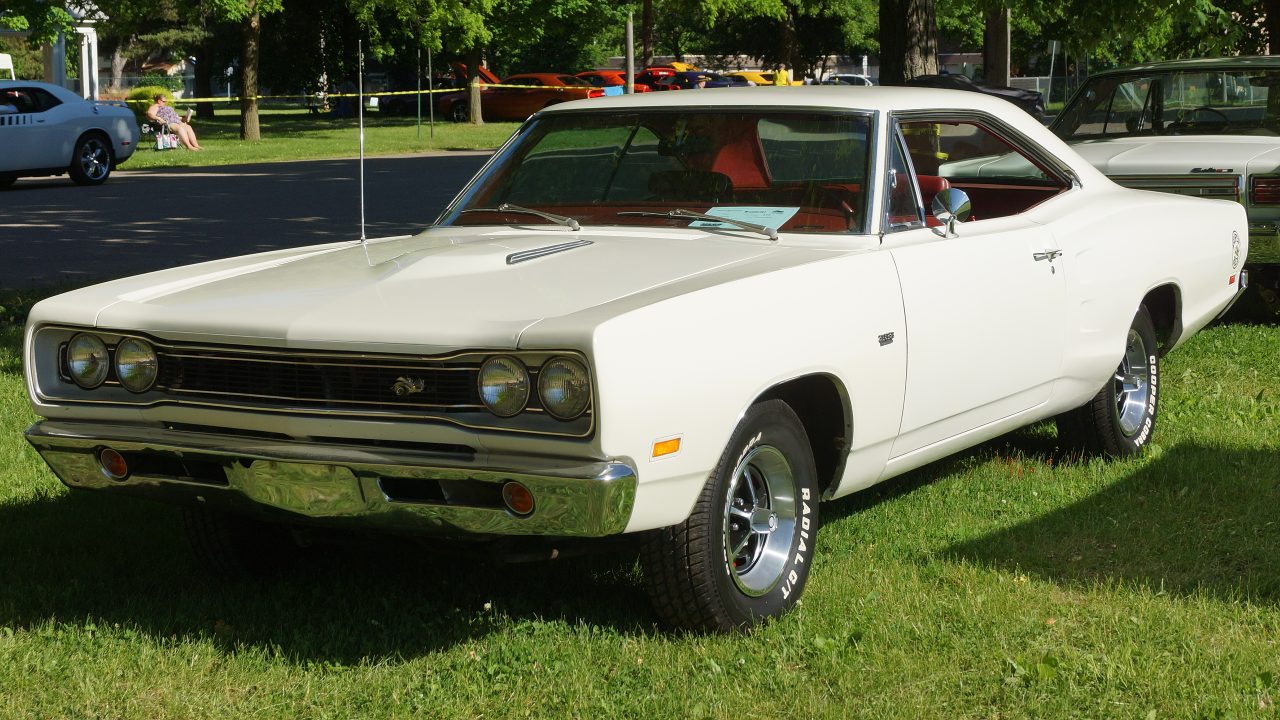
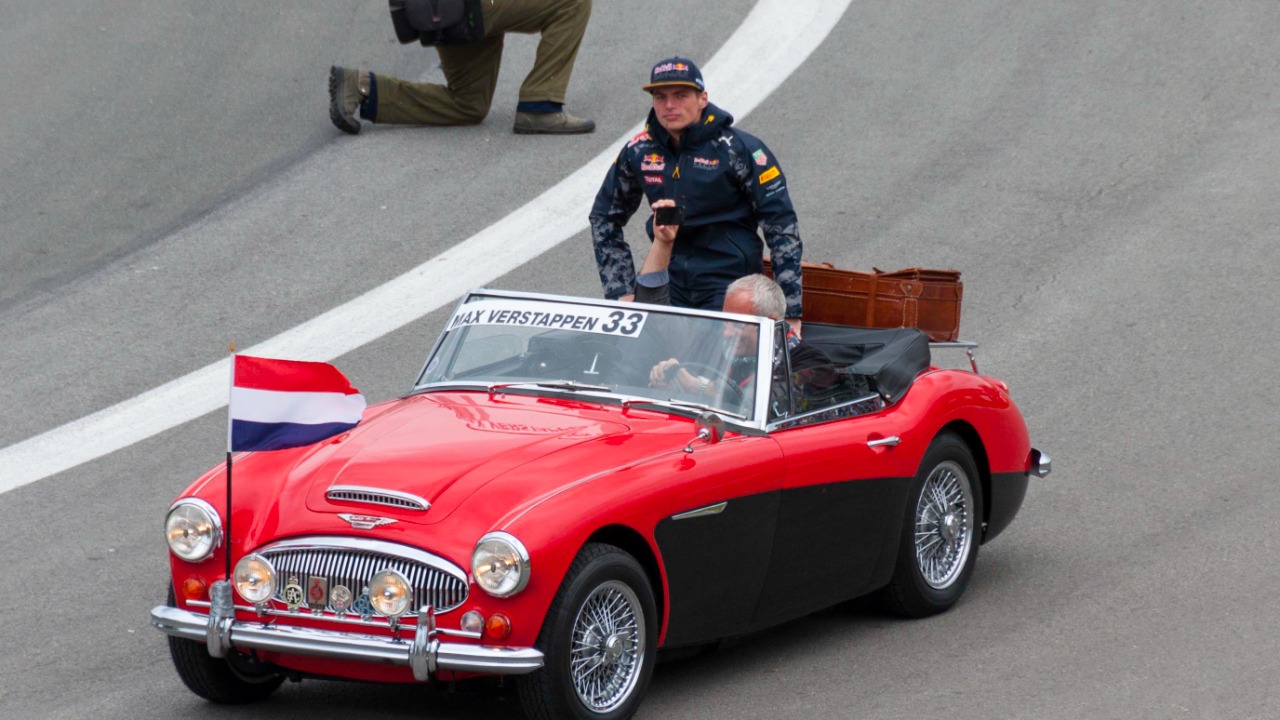
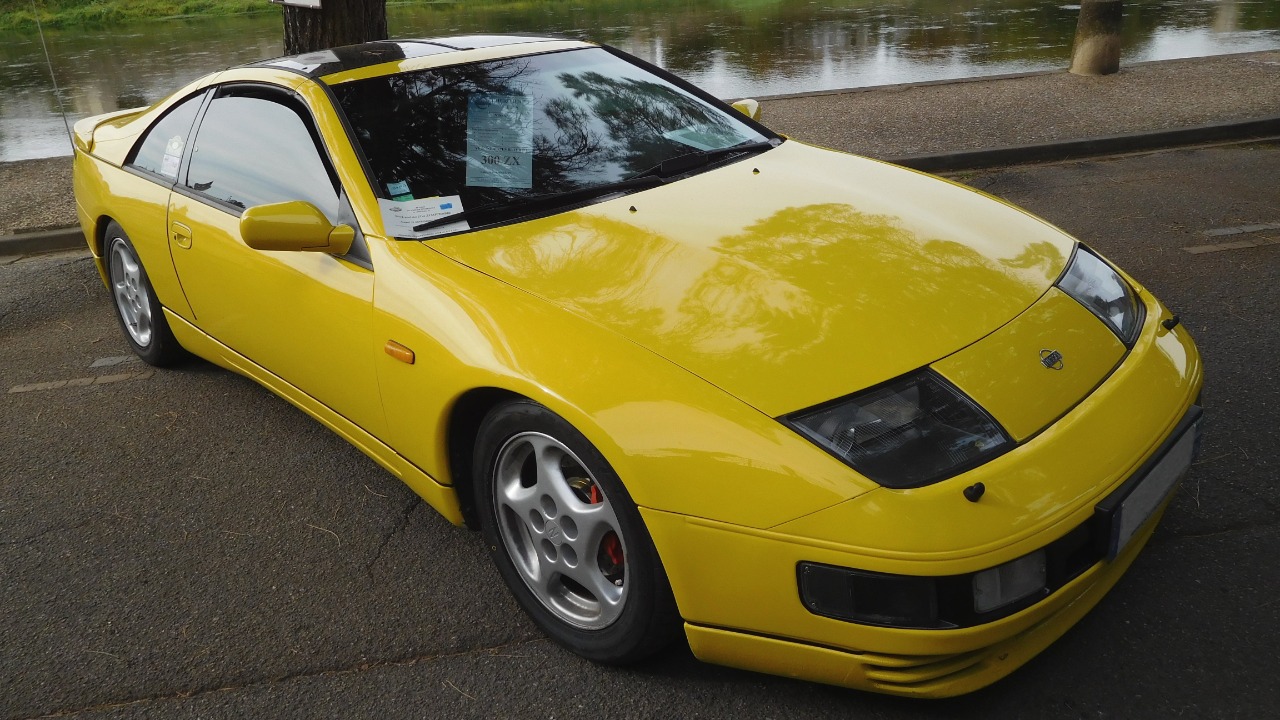
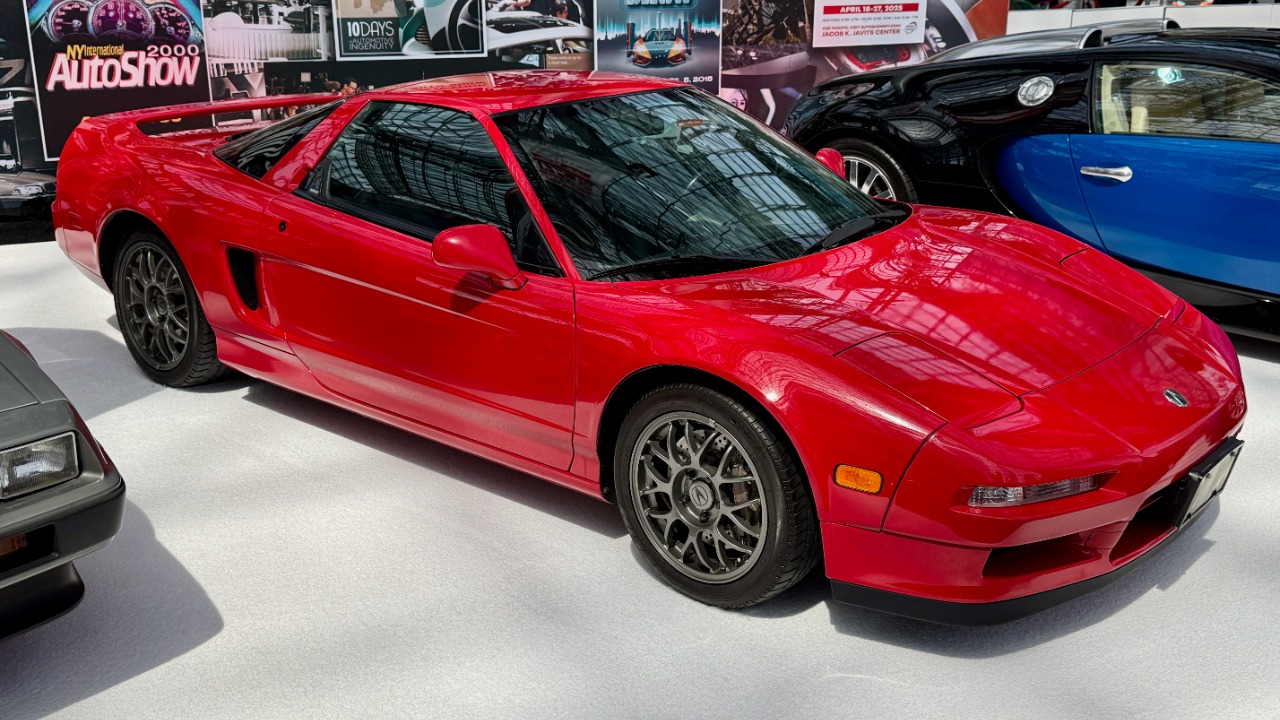
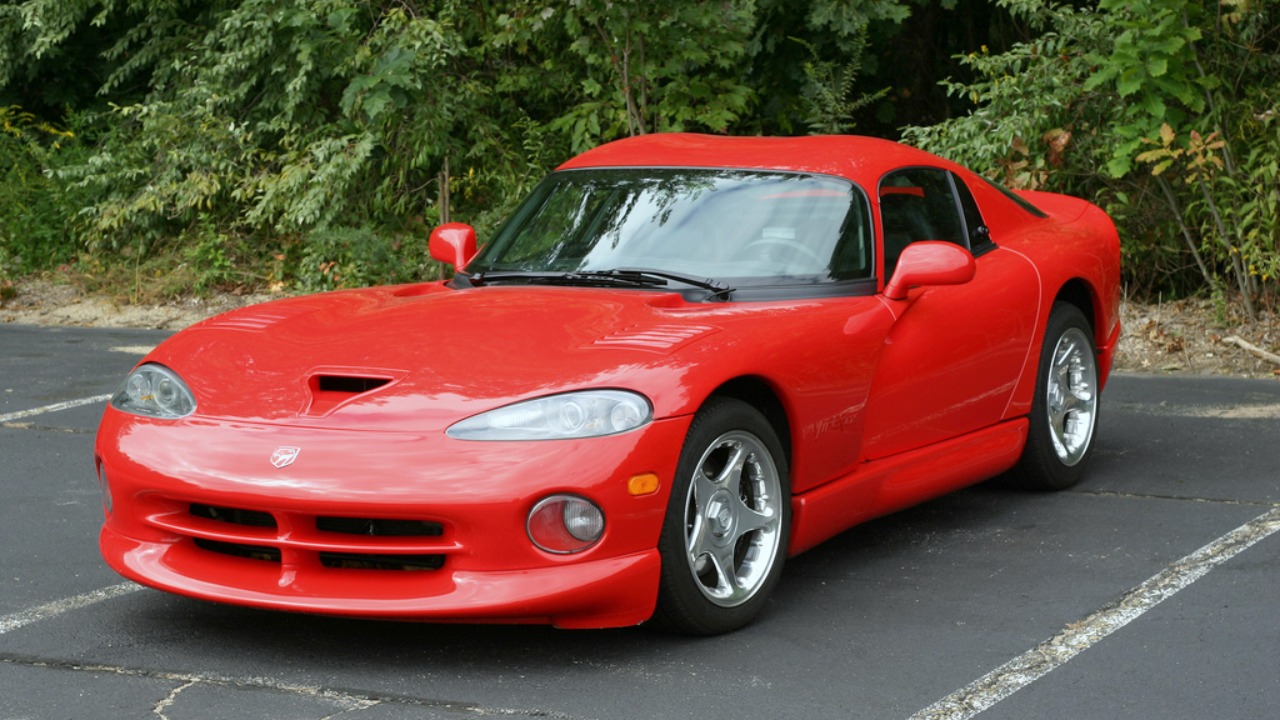
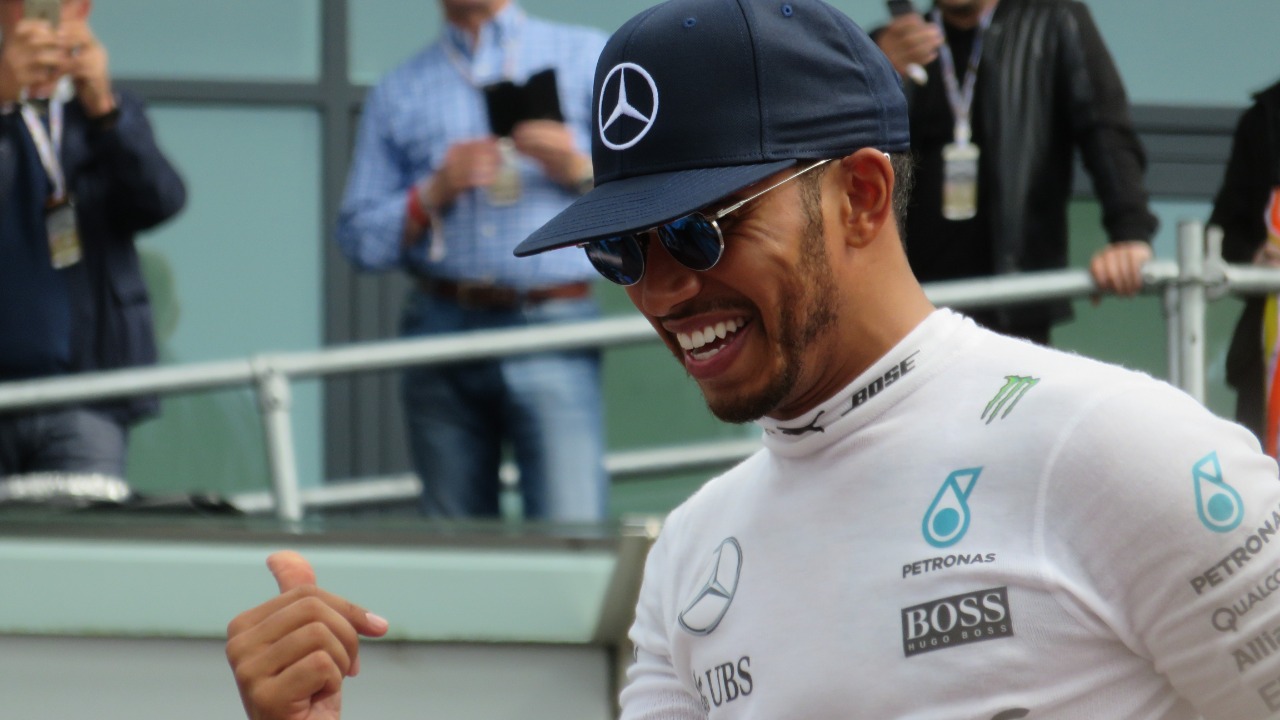
Leave a Reply